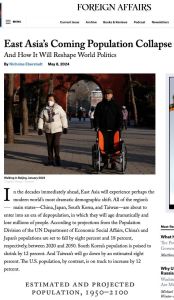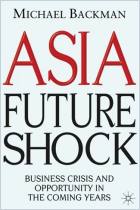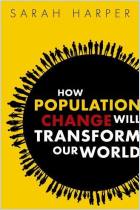Melden Sie sich bei getAbstract an, um die Zusammenfassung zu erhalten.

Melden Sie sich bei getAbstract an, um die Zusammenfassung zu erhalten.
Nicholas Eberstadt
East Asia’s Coming Population Collapse
And How It Will Reshape World Politics
Foreign Affairs, 2024
Was ist drin?
A significant population decline across East Asia has enormous ramifications for the region and the world.
Recommendation
In the years spanning 2020–2050, according to United Nations experts, East Asian countries will experience consequential population declines. This loss of human capital will have impacts on economic opportunity, growth, societal cohesion, military might, and civic stability throughout the region. Political economist Nicholas Eberstadt examines the East Asian demographic narrative and its potential reconfigurations of the world’s socioeconomic and geopolitical power structures. Business leaders and investors will find this an insightful and informative analysis.
Summary
About the Author
Nicholas Eberstadt is the Wendt Chair in Political Economy at the American Enterprise Institute.





















Comment on this summary